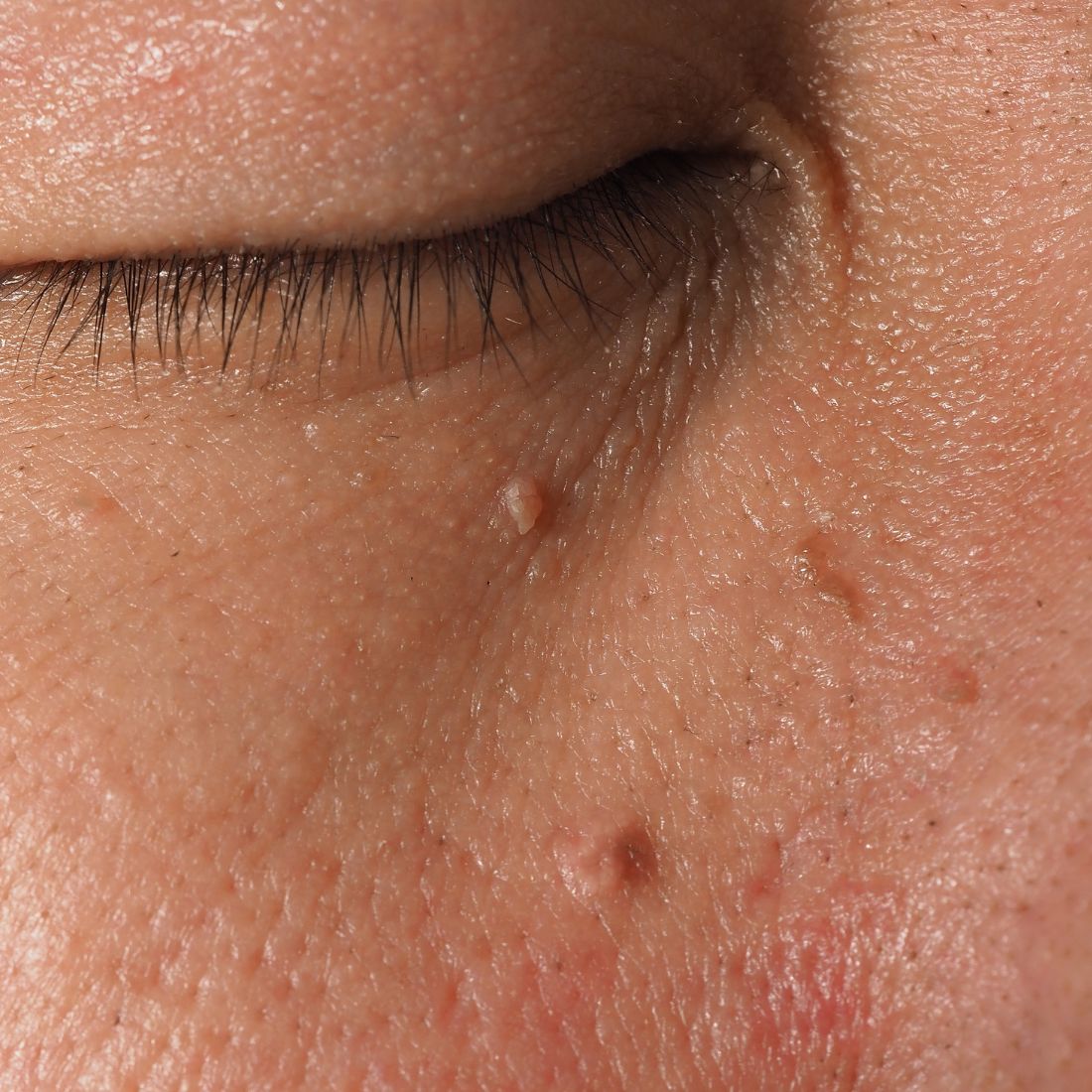By Dr. Peter Klapper Ph.D.
Skin tags, those small, benign growths that can appear on various parts of the body such as the neck, eyelids, armpits, and even in more private areas like the anal region, often spark curiosity and concern. Despite their commonness, many myths surround these harmless skin anomalies. In this blog, we’ll debunk some of the most common myths about skin tags and shed light on what you need to know.
Myth 1: Skin Tags are Contagious
Fact: Skin tags are not contagious. They cannot be spread through skin-to-skin contact or by sharing personal items like towels or clothing. Skin tags are benign growths caused by various factors, including friction from skin rubbing against skin or clothing. Which is why you’ll typically find skin tags in armpits, skin tags on neck, and even skin tags in the vaginal or anal area. Skin tags are not caused by viruses or bacteria, so there's no risk of "catching" them from someone else.
Myth 2: Only Older Adults Get Skin Tags
Fact: While skin tags are more common in older adults, they can occur at any age. People of all ages, including children, can develop skin tags. Factors such as genetics, obesity, and hormonal changes can increase the likelihood of developing skin tags, making them a possibility for anyone, regardless of age.
Myth 3: Skin Tags are Cancerous
Fact: Skin tags are benign, meaning they are non-cancerous. They are typically soft, small, and flesh-colored or slightly darker. While they may be an inconvenience or a cosmetic concern, they do not pose a risk of developing into skin cancer. However, if you notice any significant changes in a skin tag’s appearance, such as rapid growth, bleeding, or color changes, it’s always best to consult a dermatologist to rule out other skin conditions.
Myth 4: Skin Tags Are a Sign of Poor Hygiene
Fact: Skin tags are not related to hygiene. They are simply a result of skin friction and other factors. Keeping your skin clean and dry can help reduce irritation and friction, but it won’t necessarily prevent skin tags from forming. Good hygiene is important for overall skin health, but it is not a determining factor in the development of skin tags.
Myth 5: Skin Tags Will Keep Growing Indefinitely
Fact: Skin tags typically reach a certain size and then stop growing. They can vary in size from a few millimeters to a few centimeters, but once they reach their maximum size, they usually do not continue to grow. If you notice a skin tag growing rapidly or changing in appearance, it’s advisable to have it checked by a dermatologist.
Myth 6: You Shouldn't Remove Skin Tags
Fact: Removing skin tags is a personal choice and can be done for cosmetic reasons or if they cause discomfort. While they are harmless, skin tags can be annoying, especially if they catch on clothing or jewelry. Consulting with a dermatologist can help determine the best method of removal for your specific case.
Understanding the truth about skin tags helps alleviate unnecessary worry and allows for better management of these common skin growths. While they may be a minor inconvenience, skin tags are generally harmless and can be easily managed with the right information. If you have concerns about skin tags or any other skin conditions, don't hesitate to reach out to a dermatologist for expert advice and treatment options.
By sharing these myths, we hope to empower you with the knowledge to make informed decisions about your skin health. Remember, taking care of your skin is an essential part of overall well-being, and knowing the facts can help you maintain healthy, beautiful skin.




